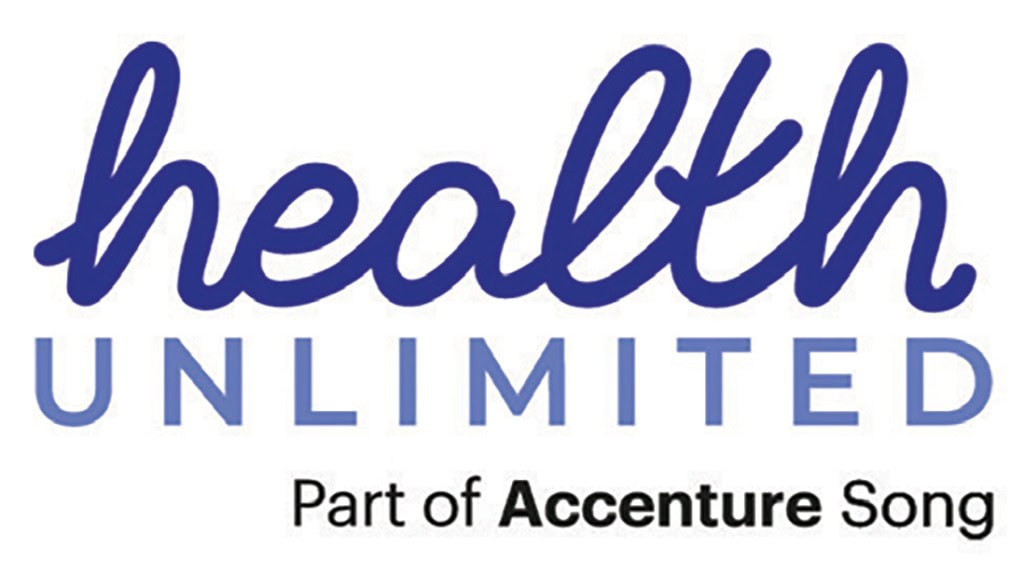
Since 2021, there has been a rapid increase in online searches for health information, but not all health content is evidence-based or trustworthy. The prevalence of online medical misinformation continues to grow, leading to challenges like self-diagnosis, health anxiety, conspiracy theories and the promotion of alternative – and often ineffective – therapies.
While people with higher levels of health literacy can better assess the integrity of health-related statements, those with lower health literacy are more vulnerable to misinformation and can experience significant negative consequences.
Actively involving people in discussions and decisions about their health (often called ‘shared decision-making’) is one solution because it has been shown to improve health literacy and outcomes, especially in people with low health literacy levels. However, access to accurate healthcare information that is easy to understand and use is needed for shared decision-making to be a reality for everyone.
To do this, the following steps are key:
Co-create with patients from the outset. Involve people with a lived experience of a condition at every step of the process, seeking their input before, during and after the creation of education initiatives. Review and shape the content with patients to ensure it is accessible, easy to understand and written at the appropriate reading age of nine to 11.
Include a variety of patients. To ensure effective co-creation, the process should include diverse patients with varying health literacy levels – as opposed to a panel made up purely of ‘expert patients’. This can be a challenge for pharmaceutical companies, which often rely on partnerships with expert patients to develop patient education initiatives.
Consider how to engage your target audience. Develop a fully integrated communications plan that considers the varied touchpoints of your target audience to help ensure its reach. In a digital-first world, this will include a presence on websites and social media.
These fundamental steps underscore that no one-size-fits-all, and help us to create patient education that can meet our audiences’ diverse wants and needs.
Only then can we be sure that patient education will help to improve outcomes for all.
This thought leadership piece appeared in the May edition of PME. Read the full issue here.





